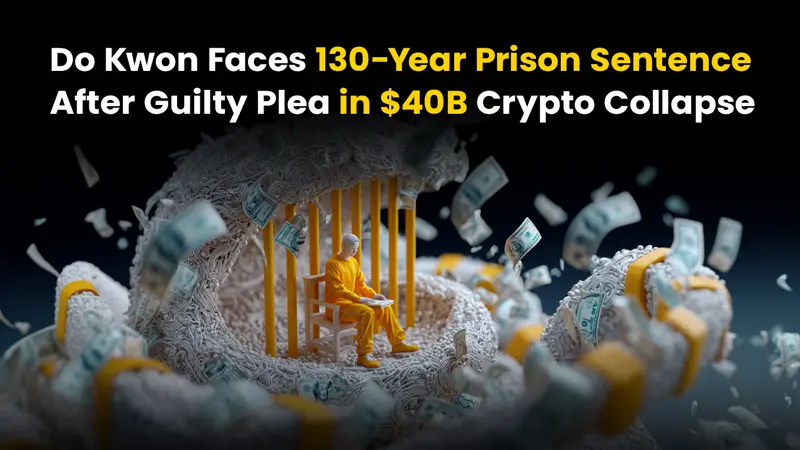简体中文
繁體中文
English
Pусский
日本語
ภาษาไทย
Tiếng Việt
Bahasa Indonesia
Español
हिन्दी
Filippiiniläinen
Français
Deutsch
Português
Türkçe
한국어
العربية
Blockchain: Good, bad and ugly
Abstract:Blockchain: Good, bad and ugly

The technology promises transparency in multi-stakeholder business set-ups. What can go wrong?
In January 2021, the Ministry of Electronics and Information Technology (MeitY), Government of India, published a draft of the National Strategy on Blockchain, which mentions 17 different uses of national importance for blockchain technology. It is interesting to see that slowly, but steadily, the Government is focusing on the business value of this simple yet powerful technology, which has been much discussed over the last few years.
Blockchain is not a new concept; the idea of using hash chains to secure pieces of data, or the concept of cryptographically secured distributed consensus has been around for some decades. However, Bitcoin, the widely debated cryptocurrency, was responsible for popularising blockchain by demonstrating its power in a decentralised set-up. Later, enterprises began finding various exciting business uses for this technology.
Consequently, we moved from Blockchain 1.0, the permission-less model used in Bitcoin design, to Blockchain 3.0, which combines the power of blockchain with automatic code execution, known as smart contracts.
So, what can blockchains deliver? Assume that you run a grocery shop, and you want to buy 50 kg of onions from a distributor. The distributor claims that farmers are not selling below ₹50 a kg, leading to a high wholesale price, plus the high cost of transport. How do you validate these claims?
The naive solution is to set up a digital dashboard where everyone — the distributors, wholesalers, farmers, transport companies, and so on — will keep updating their service costs. But then, who will host and maintain the dashboard? The distributors, wholesalers, or the transport companies cannot because they are part of the business, and might manipulate the platform to benefit them. If you buy the service from a third party, there will be an additional cost for it; for example, consider e-commerce marketplaces such as Amazon, Alibaba, Flipkart. Everyone tries to make a profit as intermediaries.
Blockchain solves this problem. The stakeholders, such as the farmers, wholesalers, distributors, logistics companies and shopkeepers, maintain their own data individually in a decentralised set-up. A decentralised computation platform interconnects them while preventing tampering of the stored data and maintaining individual data security. Further, it supports tracking the provenance of information at every step when the information is registered to the system. Additionally, once a piece of information is written, it cannot be erased or denied later on. Therefore, everyone can see and verify “who has done what”. Thus, blockchain brings transparency in a multi-organisation business set-up, which significantly reduces fraudulent activities and corruption.
Beyond commerce
As for the applications of national interest mentioned in the MeitY draft document, these include transfer of land records, digital certificate management, pharmaceutical supply chain, identity management, power distribution, duty payments, e-voting, public service delivery, chit fund administration, and microfinance for self-help groups.
Blockchain can also help in scientific research. At the Systems and Mobile Research Lab (SMRL) of the Department of Computer Science and Engineering, IIT Kharagpur, we focus on supporting interoperability among multiple blockchain networks like Hyperledger, Corda, Ripple, Quorum, OpenChain and Steller, which are being adopted by enterprises globally. We are also working on developing blockchain-based applications in our lab. One of our recently accepted papers at the 2021 IEEE International Conference on Computer Communications talks about the design and prototype implementation of a multi-cloud federated architecture where small and medium cloud service providers can use a blockchain-based open marketplace to trade cloud resources.
Risk of fraud
All these applications involve multiple organisations with conflicting business interests, thus having a significant risk of fraud, which might be challenging to track. Blockchain can bring value to such applications as the activities of individuals become noticeable, tractable, and provable.
Along these lines, Niti Aayog published a white paper, in January 2020, titled ‘Blockchain: The India Strategy Towards Enabling Ease of Business, Ease of Living, and Ease of Governance’. While the paper explains why blockchain can be a stellar technology for the making of Digital India, it also highlights the activities of Niti Aayog towards proof of concept implementation of four blockchain-based services: ‘Track and trace’ of drugs in pharma supply chains; claim verification and approval in the disbursement of fertiliser subsidy; verification of university certificates; and transfer of land records.
With such activities, we can indeed imagine a corruption-free India in the near future. Technology will have the power to force people to make the right decision, one that benefits society. While that is the “good” side, the “bad” is the likely hurdles posed to the adoption of a new technology in a diverse country like India. The “ugly” bit is rather serious — blockchain works with the principal assumption that the majority of its participants are non-malicious. It will fail if more than 50 per cent of participants behave fraudulently. Therefore, even blockchain will not be able to save us unless the “good” prevails over the “evil”. We as citizens must be aware of that.
Disclaimer:
The views in this article only represent the author's personal views, and do not constitute investment advice on this platform. This platform does not guarantee the accuracy, completeness and timeliness of the information in the article, and will not be liable for any loss caused by the use of or reliance on the information in the article.
Read more

Do Kwon Faces 130-Year Prison Sentence After Guilty Plea in $40B Crypto Collapse
Do Kwon, the South Korean entrepreneur behind one of the largest losses in cryptocurrency history, has pleaded guilty in a U.S. court to two counts of conspiracy to defraud and wire fraud. The charges relate to the 2022 collapse of the TerraUSD and Luna cryptocurrencies, which wiped an estimated $40 billion from the market.

There’s a New Cryptocurrency-Focused Prop Trading Platform?
CoinProp recently launched a proprietary trading platform designed for cryptocurrency markets, providing access to more than 500 digital assets. Will this move reshape prop trading entirely, especially for crypto traders worldwide?

Future of Forex in India: Growth or Global Domination?
Every Trader or Investor in India who wants to invest in the dynamic forex market must read this important article. It explores the future of the forex market in India and answers a common question: Forex market will rise or crash in India ? Checkout the article below.

Bitget Lists Caldera for Spot Trading | What Should You Know?
Bitget, a cryptocurrency exchange and Web3 company, has listed Caldera (ERA) for spot trading. Caldera is a rollup platform built on Ethereum. It is designed to allow horizontal scaling and interaction between different rollups.
WikiFX Broker
Latest News
Is Fyntura a Regulated Broker? A Complete 2025 Broker Review
Zetradex Exposed: Withdrawal Denials, Account Freeze & Bonus Issues Hurt Traders
Is Forex Zone Trading Regulated and Licensed?
PINAKINE Broker India Review 2025: A Complete Guide to Safety and Services
Exness Restricted Countries List 2025 Explained
Is Uniglobe Markets Legit? A 2025 Simple Guide to Its Safety, Services, and User Warnings
Is Inzo Broker Safe or a Scam? An Evidence-Based Analysis for Traders
WikiEXPO Dubai 2025 “Welcome Party” Kicks Off Tonight!
He Trusted a WhatsApp Group and Lost RM659,000
Moomoo Singapore Opens Investor Boutiques to Strengthen Community
Currency Calculator



